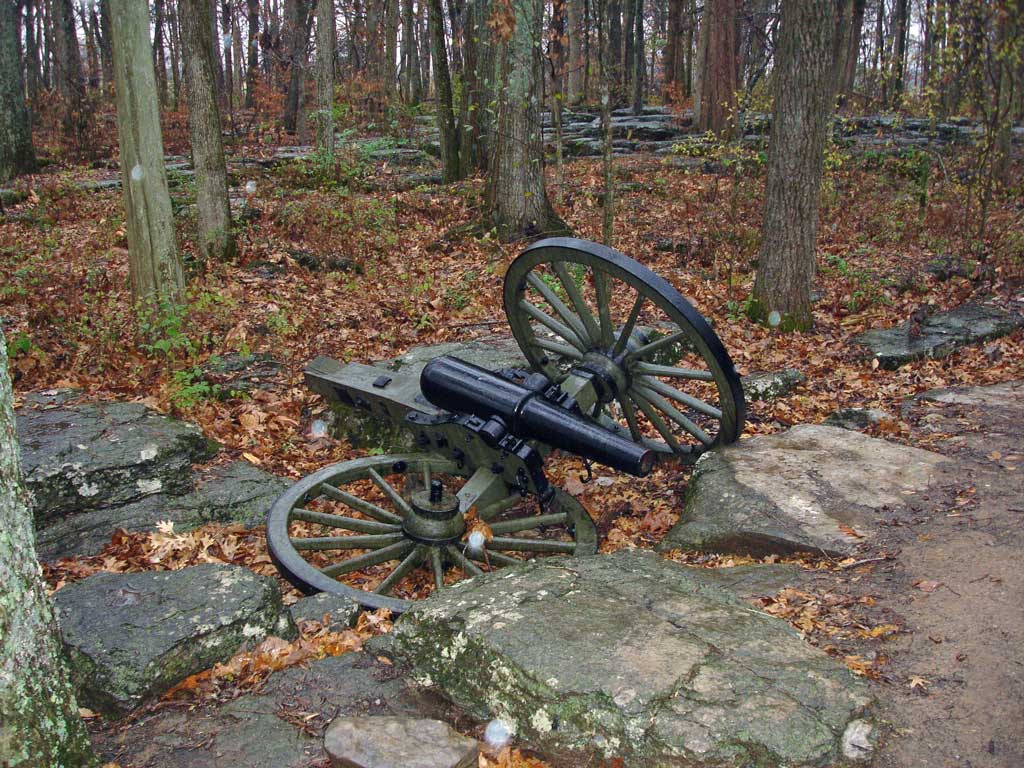Fold3: Military records online
FOLD3 BLOG
The official blog of Fold3

The Battle of Stones River – Civil War
On December 31, 1862, the Confederate Army of Tennessee led by General Braxton Bragg and the Union Army of the Cumberland under General William Rosecrans faced off in the Battle of Stones River, also known as the Battle of Murfreesboro, in Tennessee. The bloody battle, fought December 31, 1862 – January 2, 1863, resulted in nearly 24,000 casualties – or nearly one-third of the battle’s participants. Although the battle was indecisive, it was a psychological victory for Union forces.
 Earlier in December, the Union Army had suffered defeat at Fredericksburg. They desperately needed a victory to bolster morale and increase support for President Abraham Lincoln’s Emancipation Proclamation that was to take effect on January 1st.
Earlier in December, the Union Army had suffered defeat at Fredericksburg. They desperately needed a victory to bolster morale and increase support for President Abraham Lincoln’s Emancipation Proclamation that was to take effect on January 1st.
The Confederates were also coming off a defeat at Perryville, Kentucky. General Bragg’s forces retreated and reorganized in Murfreesboro, Tennessee. They hoped to drive Union forces out of Tennessee.
On December 26th, Rosecrans left Nashville to confront the Confederates 30 miles away. The weather was miserable and slowed the advance. The rain turned roads into muddy quagmires that froze when the temperatures dropped at night. Union forces reached Murfreesboro on December 30th and set up camp across from Confederate lines. As both sides bedded down for the night, the two military bands played within earshot of one another. They alternated songs and at one point both bands joined together and the soldiers sang Home Sweet Home. As night fell, everyone awaited the imminent battle.
At dawn on December 31st, the Confederate forces were the first to strike. They launched an assault on the Union right flank, intending to encircle Union troops from behind and drive them to Stones River. Meanwhile, Rosecrans’ battle plan was nearly identical. He hoped to place Union forces in between the Confederate Army and their supplies at Murfreesboro.
Initially, Confederate troops held the advantage, driving Union forces back towards the Nashville Pike. Union forces set up a defensive line and intense fighting resulted in horrendous casualties on both sides. One area became known as the Slaughter Pen because of the carnage.
Bragg’s troops launched four separate attacks in an attempt to splinter Union forces. A Union brigade led by Colonel William B. Hazen, held the line. A monument built in 1863 to honor Hazen’s Brigade is the oldest American Civil War monument still standing in its original location.
There was little fighting on January 1st. The lull gave General Rosecrans a chance to strategize and send for fresh supplies and ammunition from Nashville. Both sides cared for their wounded. On January 2nd, Bragg launched another attack on the Union left. Rosecrans counterattacked and drove the Confederates back with heavy artillery. The Confederates retreated and Union forces declared victory.
If you would like to learn more about the Battle of Stones River, or other Civil War battles, search our archives at Fold3!

No comments:
Post a Comment